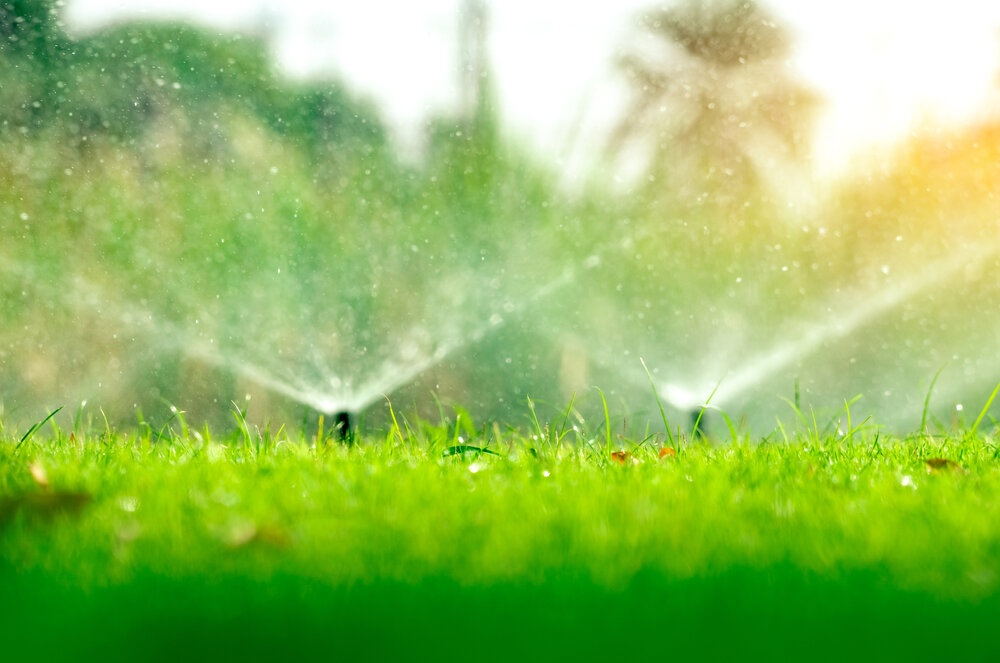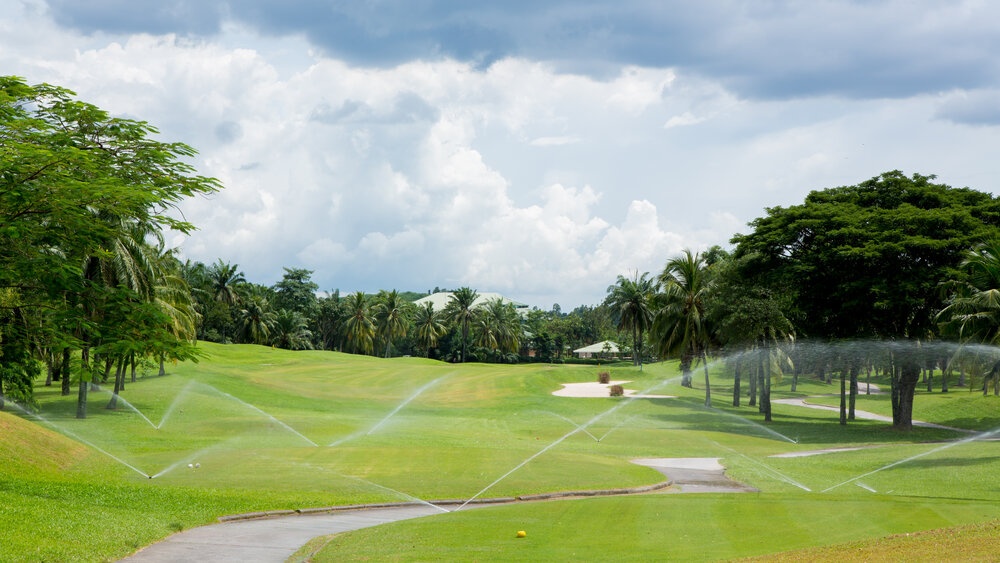If you are new to gardening or irrigation, you may not be familiar with the term "grey water." We tend to think of water as falling into one of two categories – clean drinking quality (potable) water that comes into our properties from the mains and sewage water which leaves our properties. But there is a third category, and it is known as "grey water."
Grey water refers to water that has been previously used for bathing, kitchen use (used sink and dishwasher water), showering, and the rinse cycles from washing machines. All of these are types of grey water.
Grey water can, of course, vary in terms of quality as it can contain contaminants, including the likes of detergents and soaps. But the good news is that soil and potting composts are quite effective at filtering out these contaminants.
On average, grey water represents somewhere between 50% to 80% of the wastewater generated by a household.
If it is recycled correctly, grey water can reduce the volume of potable water that would otherwise be used by as much as 70 litres per day. It is a significant amount, and when we are looking at ways of reducing water wastage, it can be a beneficial, contributory factor, and as well as doing your bit towards water conservation, can reduce the size of your water bills as well.
How the Recycling of Grey Water Works
The most important point to bear in mind when recycling grey water is that under no circumstances should it ever be considered safe to drink. But that aside, properly recycled grey water can be used to flush your toilet, wash clothes, and irrigate your garden.
There are a number of different ways of treating grey water. They range from the downright simple to more complex fully automated treatment systems, according to how you intend to use the treated grey water.
Using Grey Water Directly for Irrigating Garden Plants
If you want to avoid having to treat grey water, you must use it very quickly. If you don’t, and it contains bacteria, that bacteria will multiply rapidly by feeding on any detergents, hair, and particles of skin that the water might contain.
Some bacteria are benign and will die off when the oxygen in grey water is completely depleted. However, anaerobic bacteria, which are naturally found in the human mouth, gut, and in wounds, do not require oxygen. Once the oxygen is gone, they carry on multiplying and will emit a nasty small.
You can gather grey water by syphoning it straight from the bath or sink or by connecting a valve to your outside waste pipe allowing you to divert the water to a water butt. But as grey water can contain anaerobic bacteria, which can contain harmful pathogens, it should be used quickly to limit bacterial growth.
Even so, it’s best not to use it for irrigating edible crops, as their plant root systems can ingest and distribute harmful pathogens, possibly causing illness when any fruit or veggies they bear are eaten. But you can use it to irrigate lawns and non-edible plant and flower beds.
Sand Filtering – A Biological System for Non-Food Debris
Using a sand filter for the initial filtration process will remove any large particles of debris from greywater. As the water is introduced to the top of the sand filter, it gravitates down through the sand, trapping any large particles.
After this initial filtering, the greywater can then be filtered through a soil box which consists of four material layers. The top layer should be a 2-foot depth of humus-rich topsoil, beneath which sits a layer of fine construction sand. This, in turn, sits on a layer of course sand and below this, is a layer of pea shingle.

Biological Treatment of Grey Water Including Food Debris
If the greywater includes food debris, it must be treated anaerobically via a septic tank. Once the water has passed through the septic tank, it should then be further treated using the soil box filtration method mentioned above.
How to Irrigate Plants Using Grey Water
The amount of water that is needed to irrigate your plants during the summer months represents a considerable waste of potable water, something which carries greater significance given the drought this year and with forecasts of more to come in the future thanks to climate change. So, using greywater and combining it with an irrigation system in order to water your garden automatically is, in part, an economically friendly solution.
Fortunately, greywater used for this type of irrigation does not need to be chemically treated because any organic matter the water contains will be absorbed by the soil and plants. However, it's important to remember what we talked about earlier with regard to anaerobic bacteria-contaminated greywater.
What the RHS Have to Say
The Royal Horticultural Society have recently carried out some research into the subject of irrigating popular border perennials and subshrubs using grey water. They say that using it for a number of weeks in the summer months does not significantly adversely affect plant function.
They did, however, say that after a period, certain plants, such as Stachys Byzantina, will benefit from irrigating with tap water should they begin to show any indications of salt stress, such as bleach or blackened foliage. You can read more about the symptoms of salt stress in plants on the gardens.com website.
The RHS report did, however, warn that any long-term or extensive use of permanently altering your outdoor plumbing should not be undertaken without expert advice.
They also warn that tap and dishwasher water that has been softened should be used with care. The reason is that softened water can contain salts which can damage the structure of your soil, particularly if it is clay-rich. However, using it as a short-term method should not result in any damage and is well worth considering, especially in times of drought.


